Envision
The future trends and the role of Information and communication technology (ICT) in Port & Logistics Operations

The slowdown in global trade has added fresh impetus to the need for ports and logistics firms to invest in the latest innovations in information and communications technology (ICT). Five innovations are particularly relevant and will affect almost all aspects of the trade and logistics process
· Robotics and Automation
· Autonomous vehicles
· The Internet of Things and Big Data
· Simulation and Virtual reality
· Cyber Security
After growing at breakneck speed throughout the nineties, the value of global merchandise trade shrank in the first six months of 2015 by more than 13%year-on-year. In volume terms, trade is still growing by 1.7% year on year, but that is far below the long-term average of around 5% per year. This also means that trade is no longer growing faster than world GDP, reversing a long-term trend. The slowdown is all the more remarkable given the decrease in transport costs due to cheaper oil –which would normally be expected to boost trade.
What does the slowdown mean for ports and logistics firms ?
The slowdown in trade is unlikely to be dramatically reversed in the short term. Asa result, competition between ports and across the logistics sector looks set to intensify. As ports and logistics firms battle to protect and gain market share, the race to find cost savings and efficiency gains will become even more pronounced.
However ,firms also face an opportunity – offered by rapidly evolving innovations in ICT. The ports and logistics sector has already embraced technology to a certain extent. For instance, the operations of many ports have changed dramatically over the past few decades. Today, scanning technologies can monitor for harmful or illicit substances, and importers can visit a “one-stop-shop” website to arrange an order directly from their smartphone.
However, over the next decade, the sector will witness more substantive changes as automation becomes more widespread and operations are increasingly directed and optimized in real-time by sensors and intelligent software.
Five key ICT innovations for ports and logistics firms
Robotics and Automation
There has been a steady increase in automation in ports since the first automated stacking cranes were installed at the European Container Terminals in Rotterdam in 1990.Automated equipment, produced by firms such as Kalmar, is now available for most terminal functions including ship-to-shore movements, straddle carrier ground transportation, and the management of container stacks and truck loading.
Some of this equipment can operate entirely autonomously, while some utilize remote operators who are able to work more efficiently in safer and more comfortable environments. Software is also used to monitor and optimize the flow of goods through the port, which provides savings in time, fuel and personnel.
Autonomous Vehicles
One of the most advanced types of “robot” under development is autonomous (or driverless) vehicles. Aside from the use of specialized autonomous vehicles within ports to move containers, the broader development of autonomous vehicles – across the three mediums of land, air and sea will have significant implications for ports and logistics firms, both in terms of practical operations and commercial threats and opportunities.
The Internet of Things and Big data analytics
One of the most revolutionary ICT developments taking place across all sectors of the economy, including logistics, is the expansion in the types and quantities of data being produced. Much of this data is provided by the growing number of robots and automation processes outlined above.
The development of cheap sensors means that firms can now track and measure the activity that almost any device is engaged in. These sensors are enabling the equipment in a port and the cargo in a warehouse to become “connected” – as part of the wider development of the Internet of Things (IoT).
The IoT refers to the growing range of physical objects, or "things”, which are connected to a network and that can send and receive data. For instance, in logistics, sensors can now monitor a cargo’s temperature (as well as other key variables) as well as send and receive data, when equipped with radio frequency identification (RFID)sensors, objects become uniquely identifiable.
The successful implementation of IoT requires robust communications systems to be in place. This is particularly important in environments such as ports, where containers and equipment can block signals. Similarly in warehouses, GPS is often not usable because of the attenuation and scattering of the signal, and so indoor positioning systems that can track RFIDs or other signals are needed. Network infrastructures at many ports were installed around a decade ago and often are not adequate for the high bandwidth and security protocols required by new IoT applications, so there is considerable scope for ports to expand their network infrastructure– both Wi-Fi and 4G.
The increasing amount of data being gathered requires the tools of big data – an all-encompassing term that includes the collection, curation, analysis, and storage of large and complex data sets. This can be used both within port operations – for example, to help identify bottlenecks and indicate where preventative maintenance is needed to minimize downtime and across the broader logistics chain.
Ports in countries such as Singapore and Malaysia have leveraged big data techniques to create intelligent inspection systems that assess an importer’s history and cargo type in order to identify those that are most in need of inspection, allowing other importers to import their goods more quickly without impacting on their security objectives.
Simulation and virtual reality
Simulation software is used to model the operations of a port in order to diagnose potential bottlenecks, suggest process improvements, and assess the impacts of changes in design or throughput. It is valuable in planning new terminals or assessing existing ones, as well as in training staff.
Simulation software is also valuable for emergency planning in the event of incidents such as natural disasters, terrorist activity, labor disputes, and the loss of power or communications.
Looking ahead, the simulation will become increasingly important in modeling the potential impact of some of the other ICT innovations such as automated vehicles, thereby helping operators to determine if and how to incorporate them into a terminal. Furthermore, as automation increasingly removes personnel from many areas of ports, the simulation will allow remaining staff members to understand how the automated areas are functioning.
Cyber Security
The flip side of the increasingly central role played by ICT in ports and logistics is the potential vulnerability to software bugs and cyber-attacks. These could range from small-scale attacks by criminals seeking to evade port security to major assaults by terrorists or hostile countries seeking to disrupt trade flows as an act of war. For instance, if automated ports and trucks were to become the dominant mode for transporting food supplies, this would pose significant risks.
Conclusions
The current global trade outlook is quite bleak for port operators and logistics firms, but the opportunities offered by innovations in ICT are promising. Each company will face its own set of challenges, but there are some clear principles that all should follow.
· Significant investment is needed, but timing is key
Ata time when trade flows are down and competition is rising, gaining approval for large-scale investments in port automation or a fleet of robots will be challenging. In competitive markets, there is imperative to be among the first in the game to automate. Elsewhere – such as in non-greenfield port terminals –it will probably make more sense to delay some major investments until capital costs come down (as the technology becomes more widely used). Investment also needs to be “smart”. For instance, any new machine will need to be “interoperable” with others used across the supply chain.
· The threat (and impact) of cyber security breaches looks set to rise
Cybersecurity is not a new concept but it is growing in importance as the number(and impact) of attacks has quietly risen in recent years. Given the importance of the terminals that they operate, port operators are a likely target for attacks – especially as automation increases the damage that such an attack would bring. Crucially, port operators cannot address the challenge in isolation. They need to work with private sector partners and the government to share information on attacks (both successful and foiled) and on new capabilities.
· Government policy may be the primary driver of some innovations
The rise of autonomous vehicles and drones has the potential to upend the traditional logistics sector. As we are already seeing, the regulatory stance taken by governments will be critical in determining how fast the rollout happens. However, governments are not just a regulatory hurdle to overcome. In some countries, such as the UK, governments are actively investing in largescale testing facilities for these innovations. The extent of such government support will depend on the ability of the supporters of the innovation in question to make the case for its merits to society and to explain why government support is needed (for example, the huge upfront costs needed for large-scale testing facilities).
· A new suite of skills is needed
For ports and logistics firms, the rise of these ICT innovations will make some jobs redundant. However, they will also lead to a suite of new positions that will require new types of skills. In addition to the “21st-century skills” that all employers want (such as creativity and problem solving), hard skills will also be needed in fields such as applied mathematics, statistics, data analytics, software engineering, and cyber security. In many of these fields, there is already a dearth of candidates. What’s more, many of the candidates that do exist do not necessarily think of the logistics sector when planning their careers. Large logistics firms will need to consider backing new courses, in partnership with universities and other knowledge partners to ensure that a steady supply of able recruits becomes available.
Write to Us sales@envisionesl.com
Talk to us today to know how our solutions can accelerate your digital transformation
Let's Talk


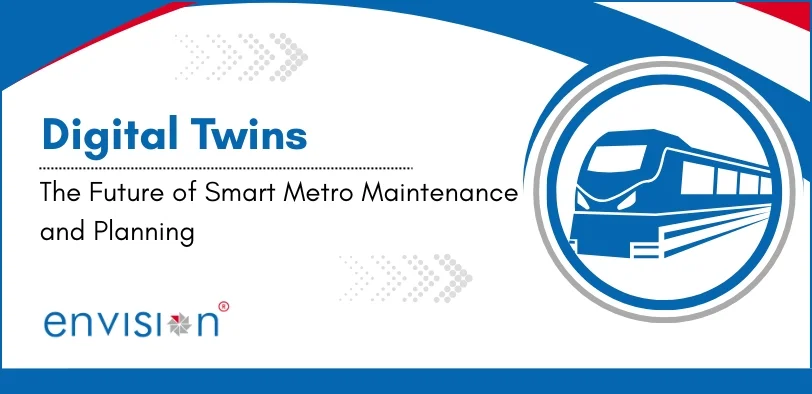

.webp)
.webp)
.webp)
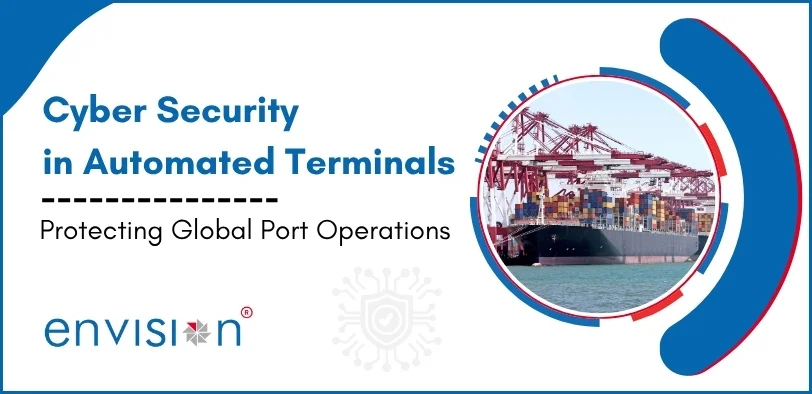



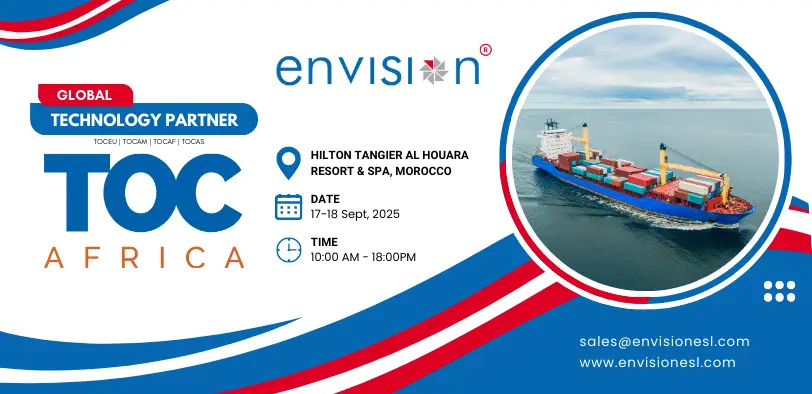
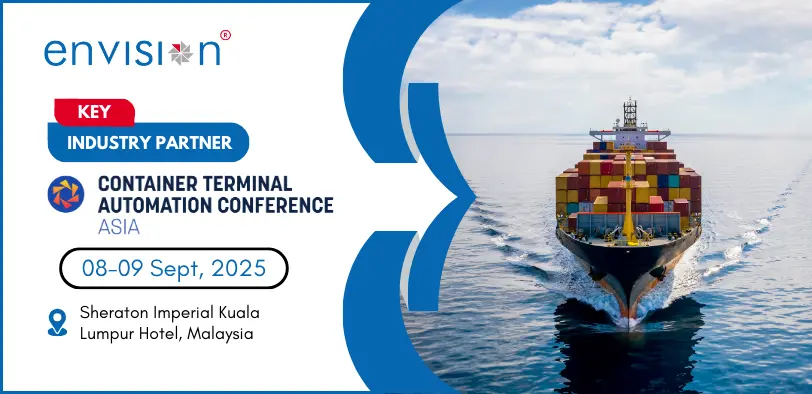
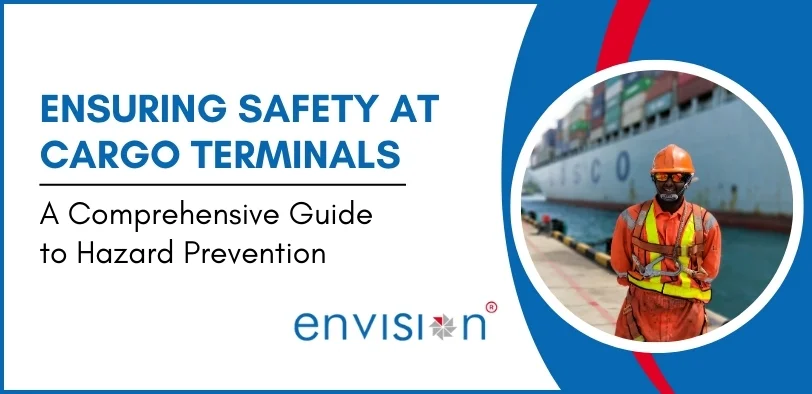
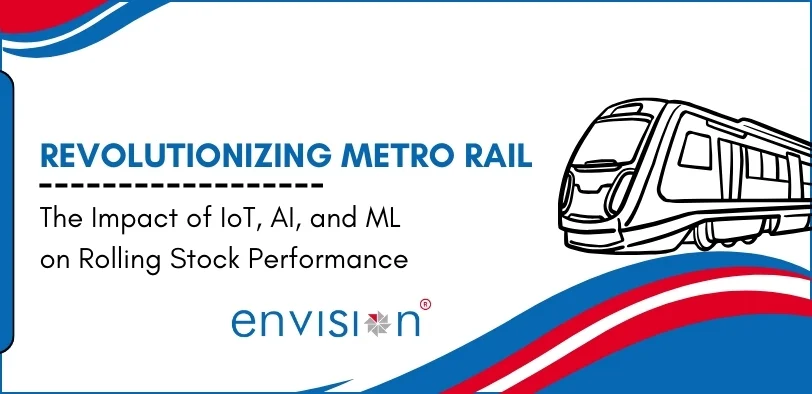
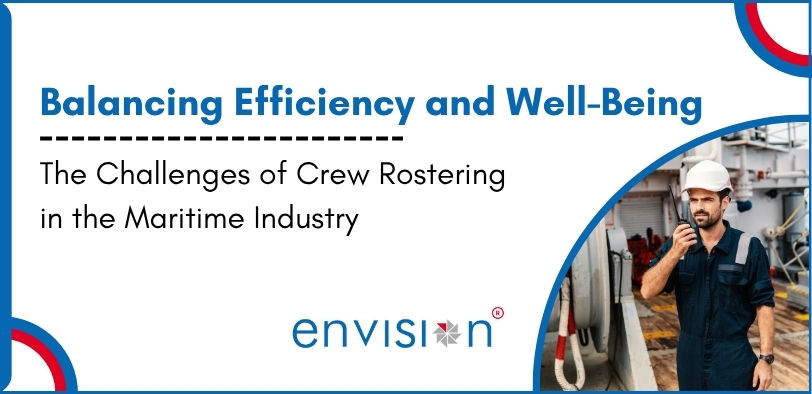
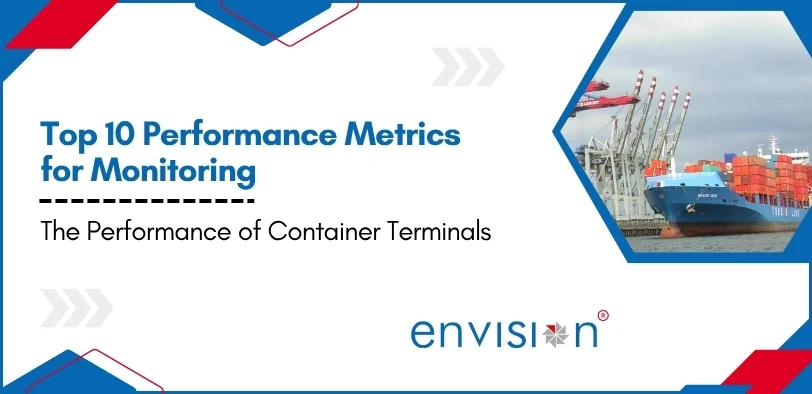
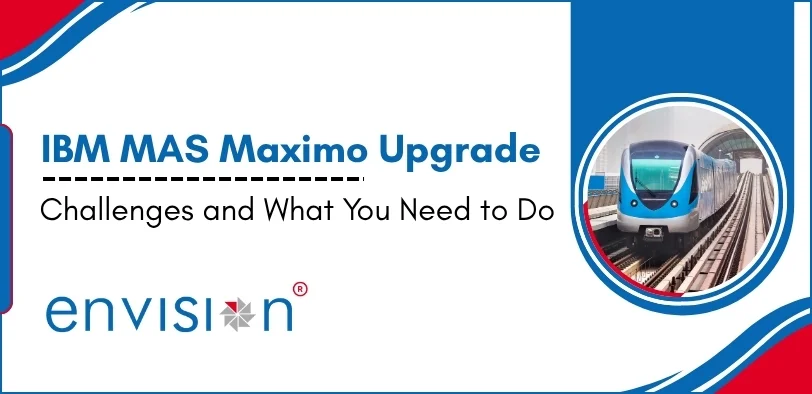
.webp)
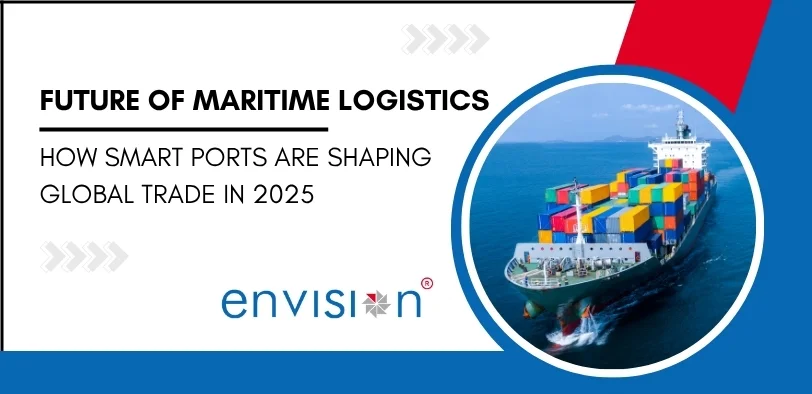







%20ver1_1.webp)







.webp)
.png)
.png)







































